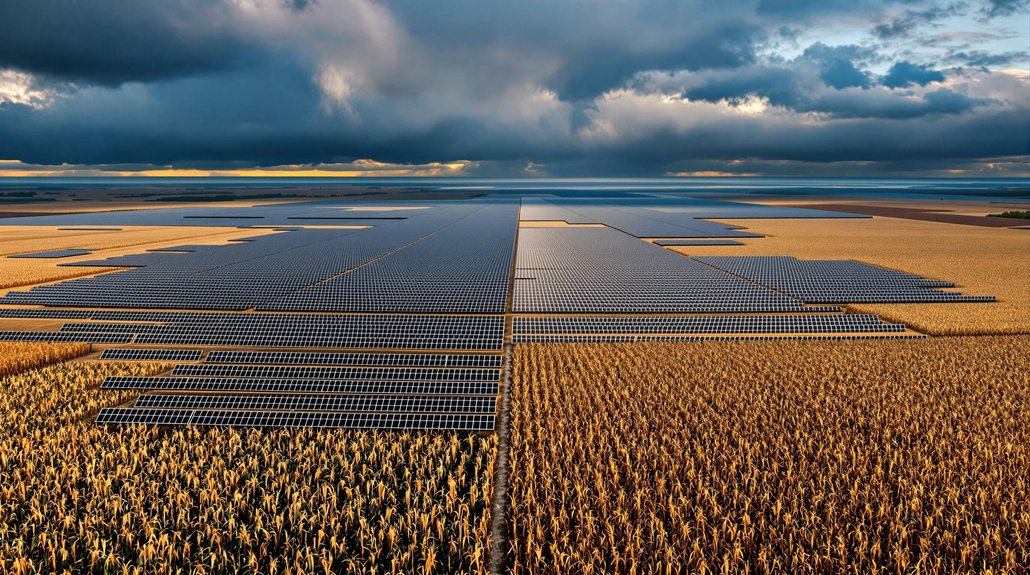Britain has made a bold move in its energy policy. The government now puts renewable projects at the front of the grid connection queue. This change means wind, solar, and other green energy developments will connect faster than fossil fuel projects. It’s part of the UK’s plan to reach 100% zero-carbon electricity by 2035. The National Grid is already adapting its infrastructure to handle this shift. What does this prioritization mean for Britain’s energy future?
Britain’s remarkable shift toward renewable energy has marked a historic milestone in 2024. For the first time in UK history, renewable energy sources are providing more electricity than fossil fuels. Low-carbon renewables like wind, solar, and hydro are now supplying 37% of the UK’s electricity, compared to just 35% from fossil fuels.
A historic energy milestone as UK renewables now power more homes than fossil fuels.
The government has recently changed its approach to grid connections, giving green energy projects priority access over fossil fuel projects. This policy alteration means renewable projects can now jump ahead in the connection queue, helping to speed up Britain’s changeover to cleaner energy. The National Grid is adapting its systems to put renewables first, which helps the country move closer to its decarbonization targets.
The UK’s renewable energy capacity has grown dramatically, reaching 56.6 GW in 2023 with total generation hitting 135.8 TWh. Wind power has been particularly successful, generating over 80 TWh annually and powering more than 25 million homes. Similar to the United States, which has installed 179 GW of solar capacity, the UK is making significant infrastructure investments to support its renewable transition. Public polling has consistently shown strong support for renewable energy development among UK residents, reflecting growing public enthusiasm for sustainable solutions.
The government aims to install at least 50 GW of offshore wind capacity by 2030, cementing the UK’s position as a global leader in this technology.
Solar energy is also making significant contributions, with more than 1.6 million installations now operating across Britain. Total solar capacity has reached 17 GW as of September 2024, with both residential rooftops and utility-scale projects continuing to grow year after year.
This green energy transformation represents a dramatic change from just three decades ago when renewables accounted for only 2% of electricity generation in 1991. By 2013, that figure had grown to 14.6%, and now renewables have overtaken fossil fuels entirely. This rapid growth demonstrates the UK’s commitment to achieving 100% zero-carbon generation by 2035 as part of its broader net zero strategy.
Despite this progress, challenges remain. The UK needs significant infrastructure upgrades to handle increasing renewable loads, and investment in storage technologies will be essential as variable generation continues to rise.
However, with grid connection reforms and continued government support, Britain’s green energy sector looks set for continued expansion.








